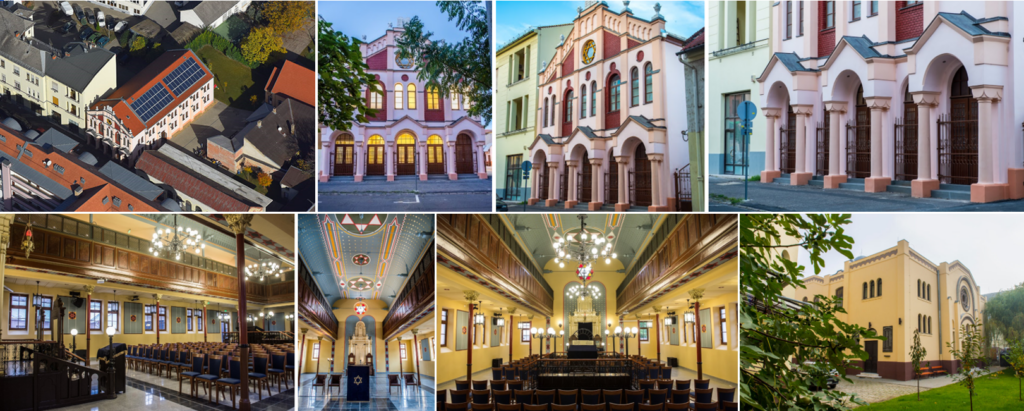
Vayeshev (וַיֵּשֶׁב = And he settled)
Genesis 37:1 – 40:23 and Amos 2:6-3:8
Jacob settles in Canaan, where family tensions reach their climax when Joseph is sold into slavery by his brothers. Taken to Egypt, he becomes Potiphar’s servant. Harassed by Potiphar’s wife and after resisting her advances, he is falsely accused and imprisoned. While in captivity, Joseph reveals his extraordinary gift for interpreting dreams. The parasha also recounts the story of Judah and Tamar, highlighting (Genesis 38:29) the birth of Perez, an ancestor of King David. In the haftarah, the prophet Amos denounces injustice, betrayal, and abuse of power.
Amos 3:3
הֲיֵלְכוּ שְׁנַיִם, יַחְדָּו, בִּלְתִּי, אִם-נוֹעָדוּ.
Do two men walk together unless they have agreed to meet?
President Santiago Peña reaffirmed, at the Knesset and during the inauguration of the Paraguayan embassy in Jerusalem, his commitment to the fight against the injustice of antisemitism. This position had already been expressed in Asunción, his capital, renowned for its historical buildings, green spaces, and rich cultural diversity.
The city is also home to the Hebrew Union of Paraguay(1). This dynamic Jewish community undertook the restoration of its former building by submitting a proposal in an international competition. The Arquitectura(2) team won the contest. The renovation combines modernity and tradition, using concrete and rusted metal on the exterior and wood on the interior. Skylights in the ceiling create a play of shadows and light. The synagogue was inaugurated in May 2019.
(1) Hebraic Union of Paraguay: Founded in 1939, it is one of the main Jewish organizations in Paraguay.
(2) Equipo de Arquitectura is a studio based in Asunción, Paraguay, founded by Leonardo Méndez, Horacio Cherniavsky, Viviana Pozzoli, Diego Soto, and Jonathan Sosky. Recognized for its innovative approach, the group favors the use of local and sustainable materials and strives to design harmonious and minimalist spaces. Their work has been internationally acclaimed for its refined aesthetics and respectful integration into the environment.








